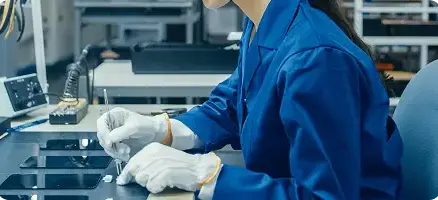HDI PCB Manufacturing for Performance
and High-Density Layouts
HDI PCBs deliver better signal integrity and thermal stability, making them ideal for compact, high-speed digital devices. We help customers optimize every layer of the HDI circuit board through manufacturability checks and controlled PCB assembly processes.
- 8+N+8 HDI PCB prototyping and PCB assembly for 1 to 10,000+ units
- Laser-drilled microvias, 1.8 mil trace/space, via-in-pad, and buried via stackups
- IPC-compliant HDI PCB manufacturing with testing for signal integrity and structural reliability

ISO9001 ISO13485
ISO14001

IATF
16949

IPC-A-610H International
Certification

Fully Automated
AOI Inspection
- PCB Manufacturer
- HDI
HDI PCB Services You Can Rely On
HDI PCBs, or High-Density Interconnect printed circuit boards, are designed with fine lines, blind and buried vias, and dense via-in-pad routing to increase connection pad density while reducing size and weight. Our HDI products are manufactured to meet tight PCB layout requirements, utilizing high-quality materials and refined design techniques.
WellPCB manufactures HDI PCBs using stacked microvias, blind vias, buried vias, and via-in-pad designs to increase interconnect density and improve electrical performance. We build on FR4, High Tg FR4, and Rogers 4350B to support HDI constructions such as 1+n+1, 2+n+2, and 8+n+8 for high-speed, high-frequency applications.
Our process supports HDI PCB fabrication with up to 64 layers, laser-drilled microvias with 1.8 mil trace/space, via-in-pad, and buried via stackups. Inner layer copper weights reach 28 oz, and dielectric thicknesses are controlled down to 50 μm. Every PCB undergoes IPC-compliant HDI PCB manufacturing with testing for signal integrity and structural reliability, including AOI, X-ray, impedance testing, and 100% netlist-based electrical verification.
These boards reduce layer count, enable fine pitch BGA layout, and maintain stable signal paths in dense digital systems. We support HDI PCB prototyping and production from 1 to 10,000+ units with fast lead times and full turnkey PCB assembly.
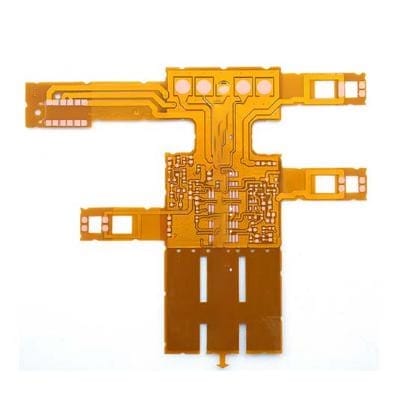
Our HDI PCB Manufacturer Capabilities
WellPCB specializes in HDI PCB manufacturing that supports complex routing, impedance-controlled interconnects, and fine-pitch component density without increasing the board layer count. We build with stacked microvias, resin-coated copper, and ultra-thin dielectrics to maintain electrical performance across RF and high-speed digital applications.
Our HDI PCB manufacturing process supports blind via formation using UV laser drills with a minimum diameter of 100 μm and aspect ratios up to 1.2:1.
Copper plating inside the microvia is controlled to 12 μm minimum, with pad flatness verified after resin fill and cap plating.
Every HDI circuit board undergoes cross-section analysis to confirm via barrel quality and wall thickness uniformity before stack-up lamination.
| Parameter | Specification |
|---|---|
| HDI PCB Types | HDI rigid board, HDI rigid-flex board, HDI flexible board |
| Via Structure Types | ≤18 layers any-layer interconnection / 8+N+8 structure |
| Drilling Method | UV Laser |
| HDI Microvia Types | Stagger via, Step via, Skip via, Stack via |
| Minimum Via Diameter | 3 mil |
| Aspect Ratio (Dielectric Thickness to Hole Diameter) | ≤1.2:1 |
| Microvia Filling Method | Copper electroplated |
| Dimple in Via Fill | ≤10 μm |
| Copper Overhang at Via Opening | ≤10 μm |
| Inspection Method | Cross-section analysis |
| Stack-Up Integration | Verified before lamination |
WellPCB builds HDI PCBs with up to 4 lamination cycles, using vacuum compression to bond alternating core and prepreg layers.
This process supports complex HDI layout configurations, including 1+n+1, 2+n+2, and staggered or stacked buried via constructions.
Dielectric flow is constrained using controlled glass weave prepregs, and each cycle is registered within ±25 μm across the panel.
All HDI boards are patterned using LDI systems that achieve trace widths down to 1.8 mil with registration accuracy of ±12 μm.
Imaging tolerances are maintained through real-time photoresist alignment and temperature-controlled etch chambers.
This allows high-density interconnect routing beneath fine pitch BGA pads and enables differential impedance control within ±5 Ω across stripline geometries.
Via-in-pad structures are applied to HDI PCB designs requiring minimal routing distance and high thermal transfer.
Laser-formed microvias are resin-filled and copper-capped, with flatness maintained to within ±15 μm to support solder joint co-planarity.
This PCB HDI technology is used in BGA component mounting, where via stubs must be eliminated to prevent impedance discontinuities and reflow instability.
We fabricate HDI circuit boards with up to 64 layers, supporting stackups from 1+n+1 to 8+n+8.
Minimum dielectric thickness is 50 μm, with copper distribution balanced between internal and external layers to maintain planarity under thermal load.
Designs using blind and buried vias are modeled to reduce z-axis path lengths and layer count, improving signal routing without compromising thermal reliability.
WellPCB stocks a range of PCB laminate materials, including standard Tg FR4 (Tg 135–140°C), high Tg FR4 (Tg ≥170°C), Isola 370HR, Rogers 4350B, and Panasonic Megtron-6, selected based on dielectric performance, decomposition temperature, and mechanical durability.
Copper foil options range from 9 μm to 400 μm, and prepreg combinations are tailored to support controlled impedance, mechanical stiffness, and dielectric stack uniformity across the full PCB layout.
Every HDI PCB is verified using AOI for trace registration, X-ray for via and pad alignment, and electrical testing against the supplied netlist.
Time-domain reflectometry (TDR) is used to validate impedance traces within ±5% tolerance.
Every HDI PCB is traceable through process control logs and certified to IPC-6012 Class 2 or Class 3 for fabrication quality, and follows IPC-2221 for general layout and trace spacing guidelines.
We support HDI PCB prototype builds starting at 1 unit and scale to high-volume runs exceeding 10,000 pieces.
Standard lead times range from 5 to 15 working days, with quick turn PCB production available in as little as 48 hours, depending on layer count and surface finish.
All jobs include DFM checks to ensure manufacturability of complex geometries before fabrication begins.
Why Choose WellPCB as Your HDI PCB Manufacturer?
WellPCB provides end-to-end control across PCB fabrication, material selection, and inspection processes to support complex designs with tighter tolerances, fewer layers, and better signal performance. Each board is built to meet the demands of high-speed, high-density interconnect applications.

Expertise in Complex HDI Layouts

Advanced Microvia Drilling and Filling

High-Tg and RF Material Selection

Certified Quality Control Processes

Scalable Production and Fast Lead Times

Responsive Engineering Support
What Is an HDI PCB?
A high-density interconnect PCB is a multilayer board with a higher wiring density per unit area than standard designs, achieved through the use of microvias, blind and buried vias, and 2 to 3 mil trace widths.
These features allow for more interconnects in smaller footprints, enabling complex signal routing without increasing layer count. HDI PCBs are fabricated using laser drilling, sequential lamination, and resin-filled via-in-pad techniques to support fine pitch components and high-speed differential signaling.
These boards are used in advanced electronics where standard through-hole and mechanical drilling techniques cannot meet routing or impedance constraints.
HDI technology originated in the early 2000s with single microvia layers and has progressed to multi-build-up configurations with stacked, copper-filled vias used in mobile, automotive, and aerospace designs.
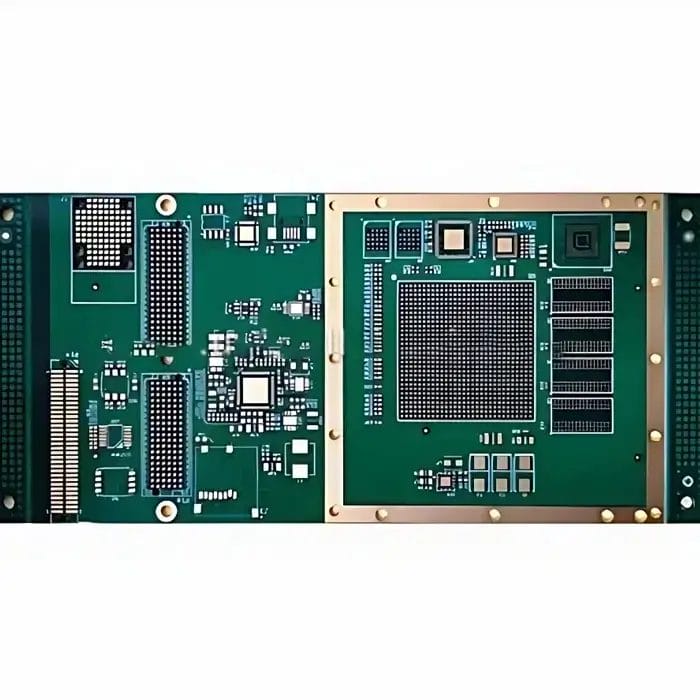
HDI PCB vs. Standard PCB
| Aspect | Standard PCB | HDI PCB |
|---|---|---|
| Component Density | Typically <100 pins/in², limited by mechanical via size and trace spacing | ≥120 pins/in² supported through microvias, fine lines, and via-in-pad routing |
| Drilling Method | Mechanical drills only; min hole diameter ≈ 6 mil | Laser drilling for microvias down to 4 mil with tighter positional tolerances |
| Via Structures | Through-hole only, with long z-axis path | Blind vias, buried vias, stacked and filled microvias with controlled depth |
| Trace/Space Capability | Commonly 5 to 6 mil trace/space | 2.5 mil / 2.5 mil or finer with LDI registration accuracy to ±12 μm |
| Layer Count | 4 to 16 layers typically required for complex nets | Often 6 to 10 layers with optimized routing due to high interconnect density |
| Stackup Flexibility | Symmetrical cores with limited sequential build-up options | 1+n+1, 2+n+2, 3+n+3 with multi-cycle lamination process and custom dielectric setups |
| Routing Efficiency | Long signal paths and via stubs increase EMI and reduce bandwidth | Shorter routing with minimal via stubs improves signal integrity and reduces EMI |
| Impedance Control | Basic control using microstrip/stripline; wide tolerances (±10 to 15 Ω) | Modeled to ±5 Ω using hybrid PCB laminate sets and calibrated TDR measurements |
| Support for Fine Pitch | Not compatible with BGA pitches under 0.5 mm | Fully supports fine pitch (≤0.3 mm) CSPs and dense I/O arrays |
| Board Size and Thickness | Larger footprints and thicker profiles due to higher layers of a PCB | Reduced form factor with fewer layers and thinner dielectric stacks |
| EMI Performance | Susceptible to loop-area EMI from long traces and through-vias | Improved EMI control via short transitions and tightly stacked interconnect boards |
| Fabrication Cost | Lower for low-density applications with basic features | Higher per unit, but offset by reduced layer count, smaller board size, and routing gains |
| Application Suitability | General consumer, hobbyist, low-frequency circuits | Advanced PCB designs in telecom, automotive, aerospace, and portable electronics |
Types of HDI PCB Structures
HDI designs are classified from Type I to Type VI based on the number and placement of microvia layers. Type I includes a single-layer microvia with no buried vias. Type II introduces buried vias beneath one build-up layer. Type III and higher include stacked microvias, filled and plated, across multiple layers. Type IV to VI use coreless substrates or every-layer interconnect (ELIC) for full vertical routing flexibility.
| Structure Type | Via Configuration | Supported Scale |
|---|---|---|
| 1+N+1 | Single-layer build-up with blind vias | Prototype, small to large-scale production |
| 2+N+2 (Staggered) | Dual-layer build-up with staggered blind and buried vias | Prototype, small to large-scale production |
| 2+N+2 (Stacked) | Dual-layer build-up with stacked blind and buried vias | Prototype, small to large-scale production |
| 3+N+3 | Triple-layer build-up with stacked vias across HDI layers | Prototype, small to medium-scale production |
Note: “N” represents the number of standard layers between the outer HDI layers. All constructions are fabricated using sequential lamination and resin-filled microvias for electrical and thermal stability.
Applications of HDI PCBs

Consumer Electronics

Automotive Systems

Medical Devices

Industrial Automation

Telecommunications Equipment

Aerospace and Defense
How to Order Your HDI PCB
in 5 Easy Steps

Submit Your PCB Design
Upload your Gerber files or use our easy online PCB design tool to create your board layout. Make sure your files are complete and correctly formatted to ensure smooth processing and production accuracy.

Select Your PCB Specifications
Customize your order by choosing the technical specifications—number of layers, board dimensions, thickness, copper weight, solder mask color, surface finish, and more. Our intuitive interface helps you configure everything based on your project’s needs.

Get an Instant Quote
Once your design and specs are in place, you'll receive a transparent, instant quote. Pricing updates in real time as you modify options, so you can adjust your selections to match your budget before placing the order.

Confirm Order & Make Payment
Review your entire order for accuracy, including file previews and selected specs. After confirmation, proceed to secure checkout and choose your preferred payment method. You’ll receive an email confirmation with order details.

Production & Delivery
Your PCB moves into production immediately. We’ll keep you updated throughout the manufacturing process. Once completed, your boards are carefully packed and shipped to your door, with tracking information provided for your convenience.
WellPCB is trusted by millions of
businesses and innovators.
























Why Choose WellPCB?
WellPCB stands out among USA PCB manufacturers by delivering superior quality, advanced solutions, and unmatched reliability. With years of experience serving global markets, WellPCB has earned a reputation as one of the top PCB manufacturers in USA.
WellPCB specializes in multilayer PCBs for advanced electronic applications. You can order these boards with $100 off using our special offer, providing high complexity at competitive rates for demanding projects.
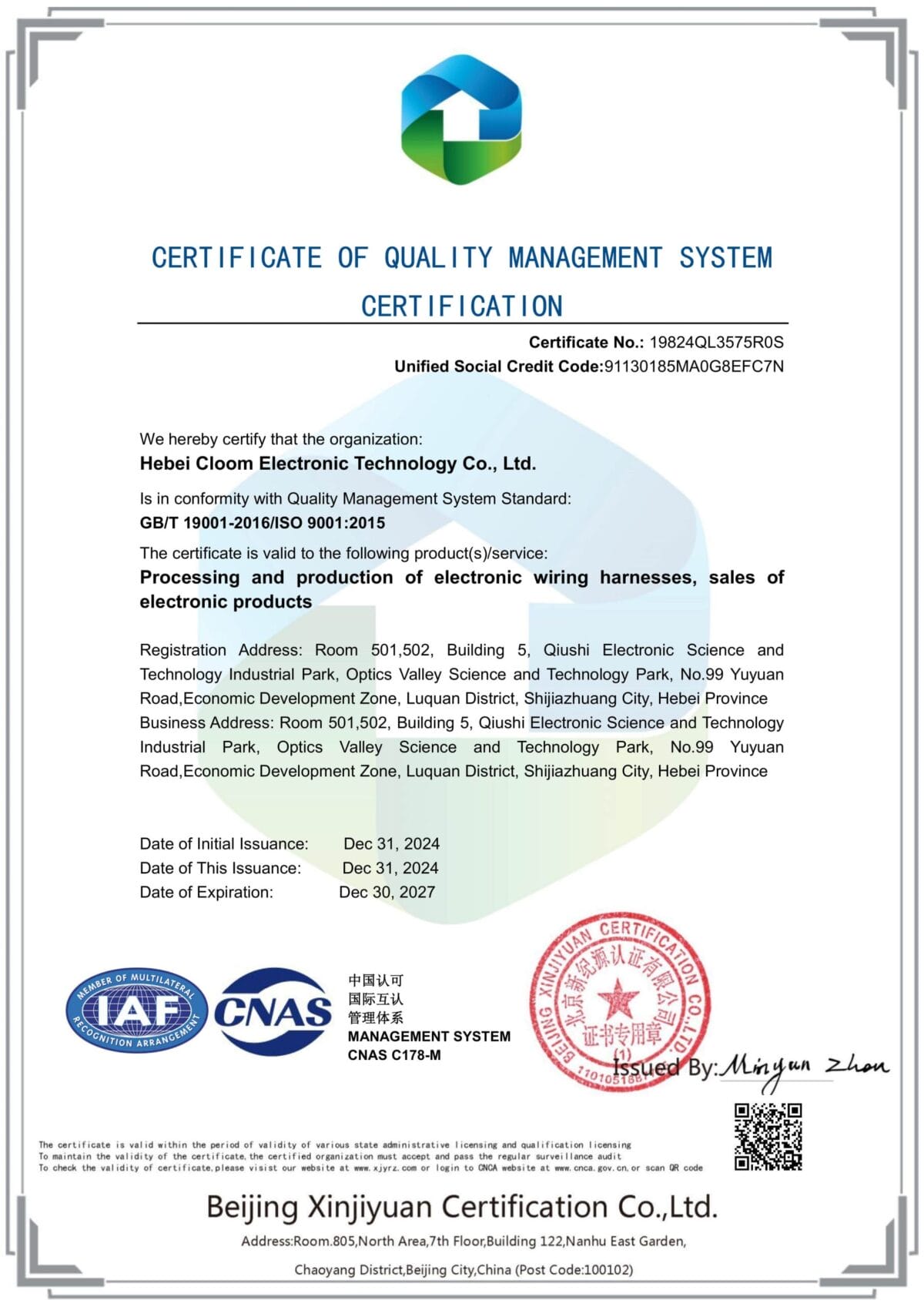
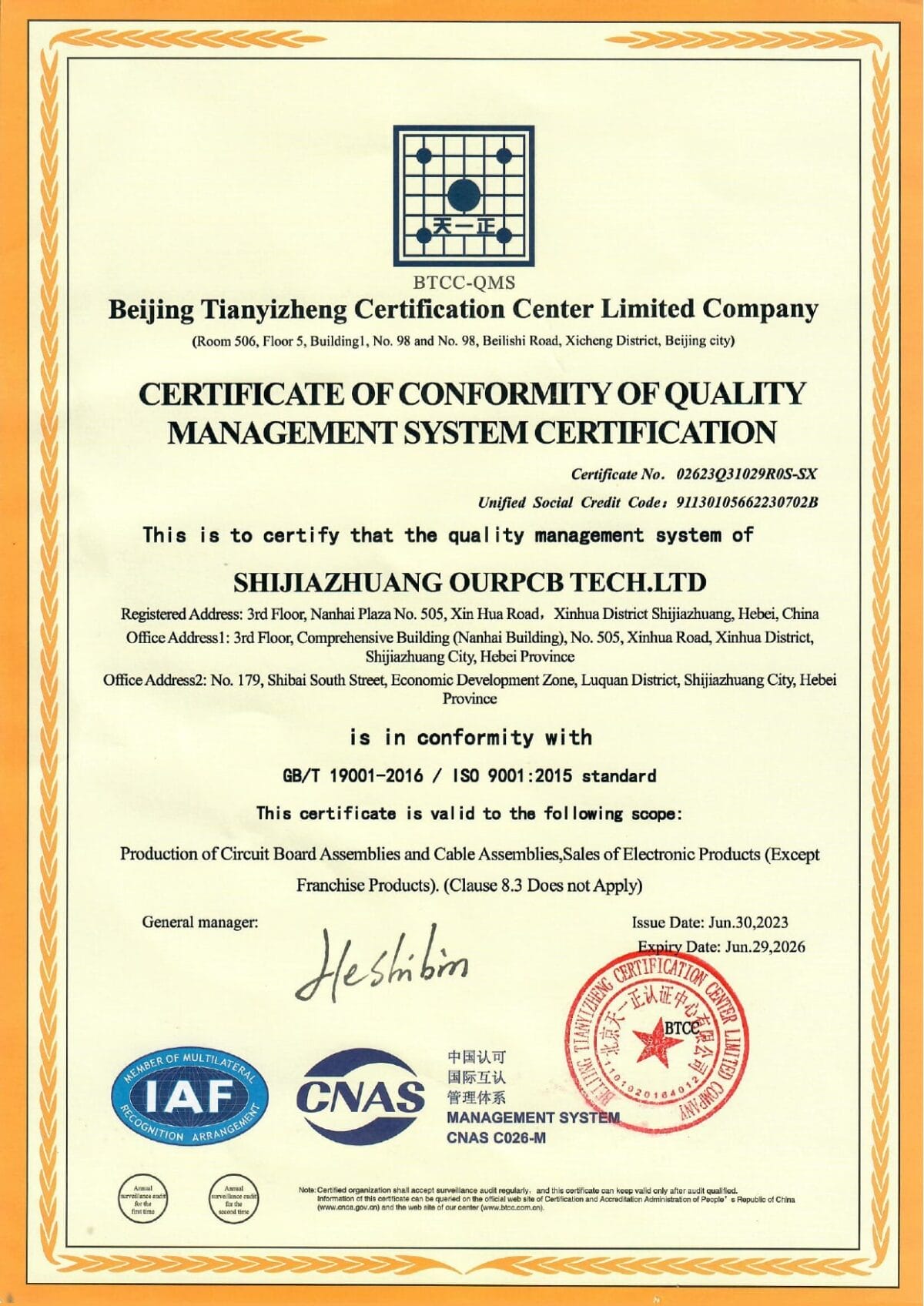
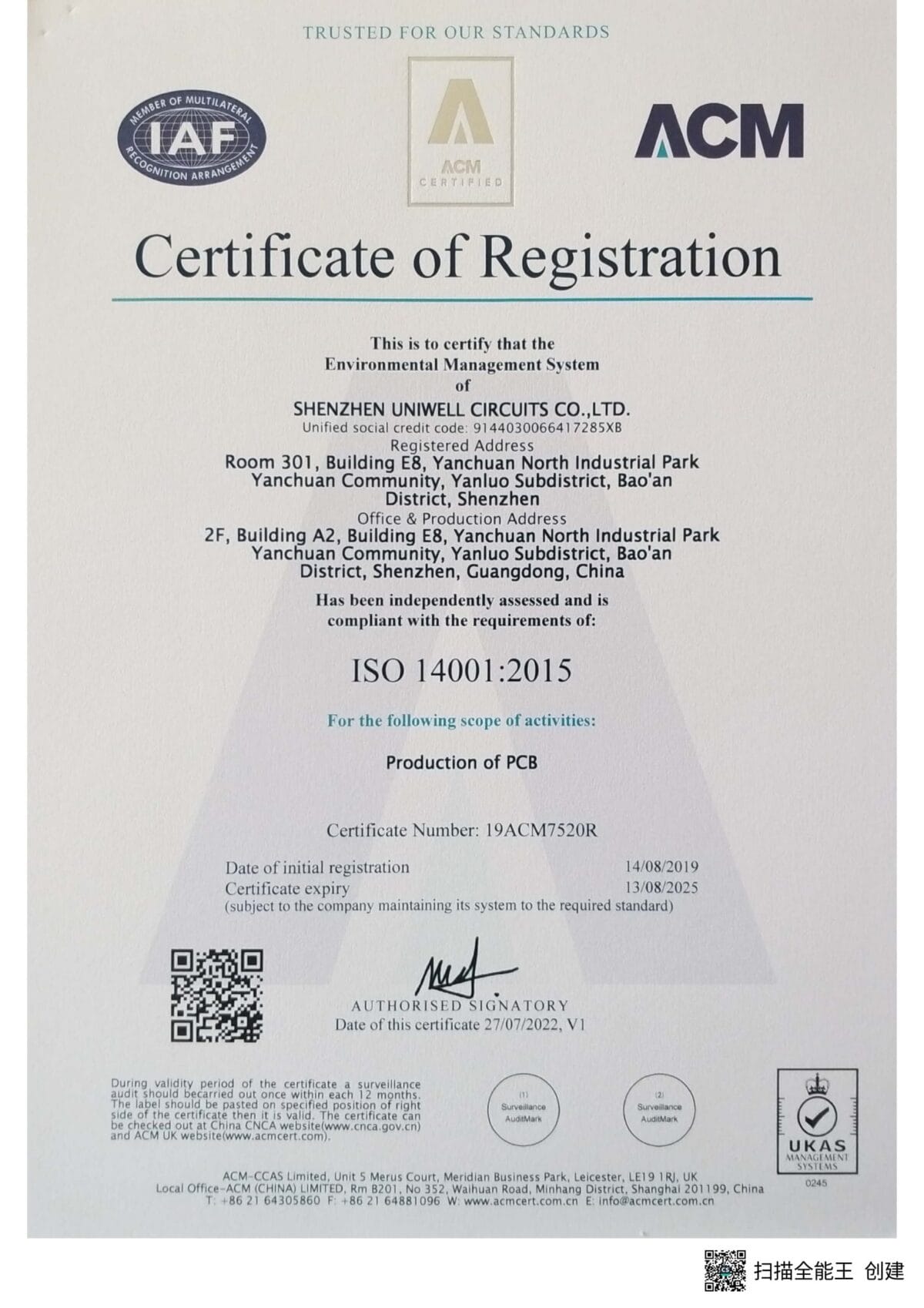
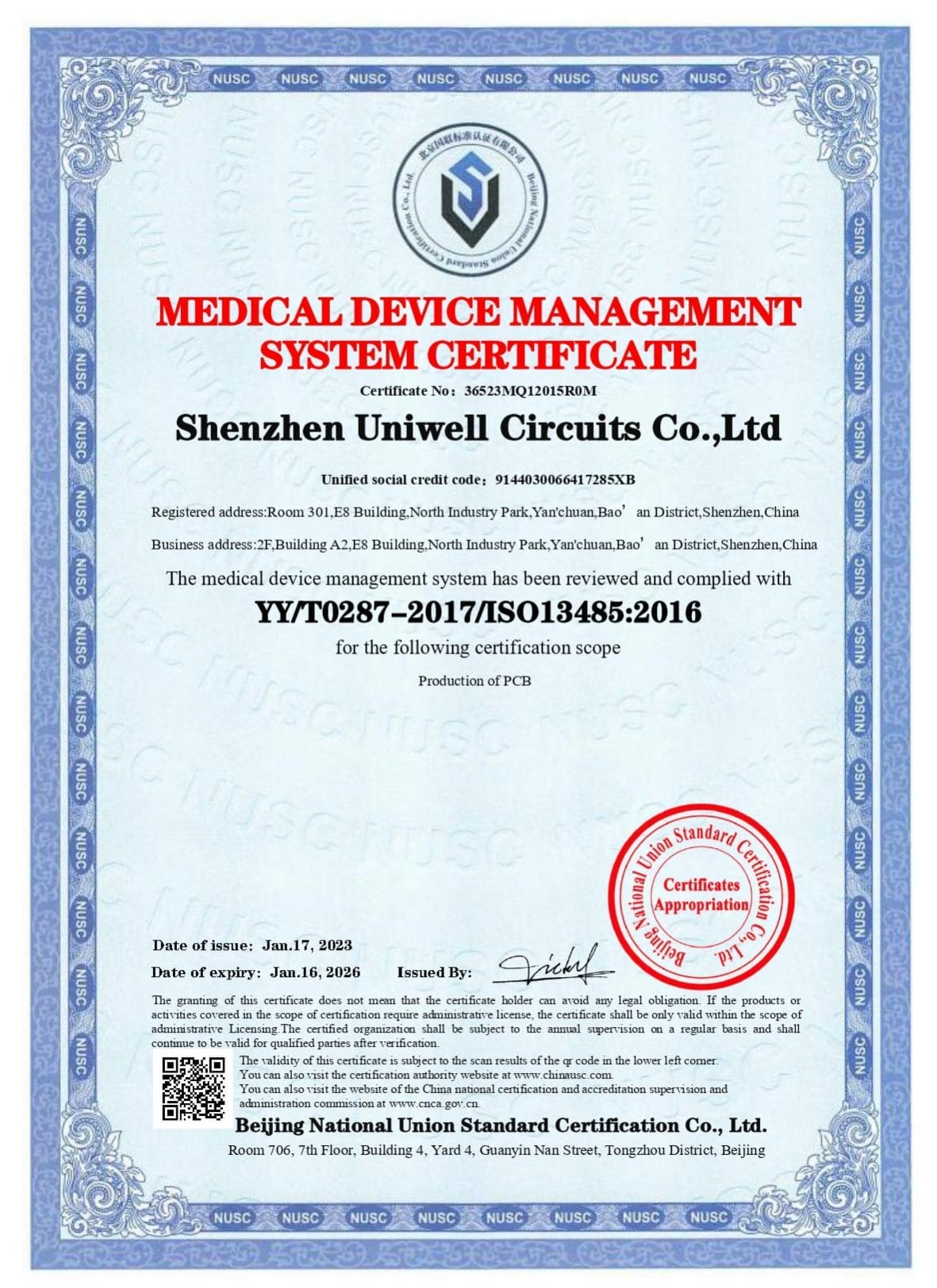
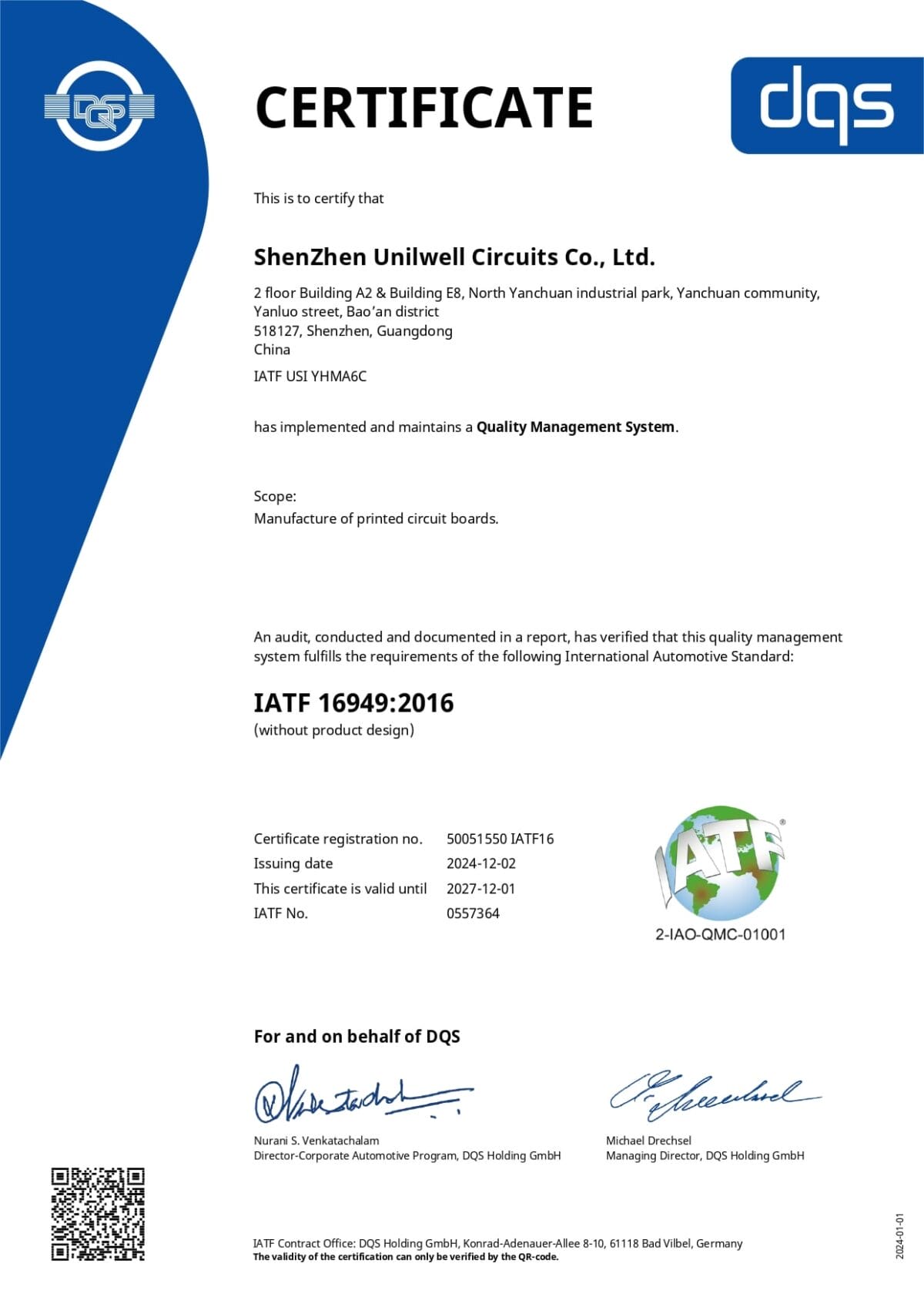
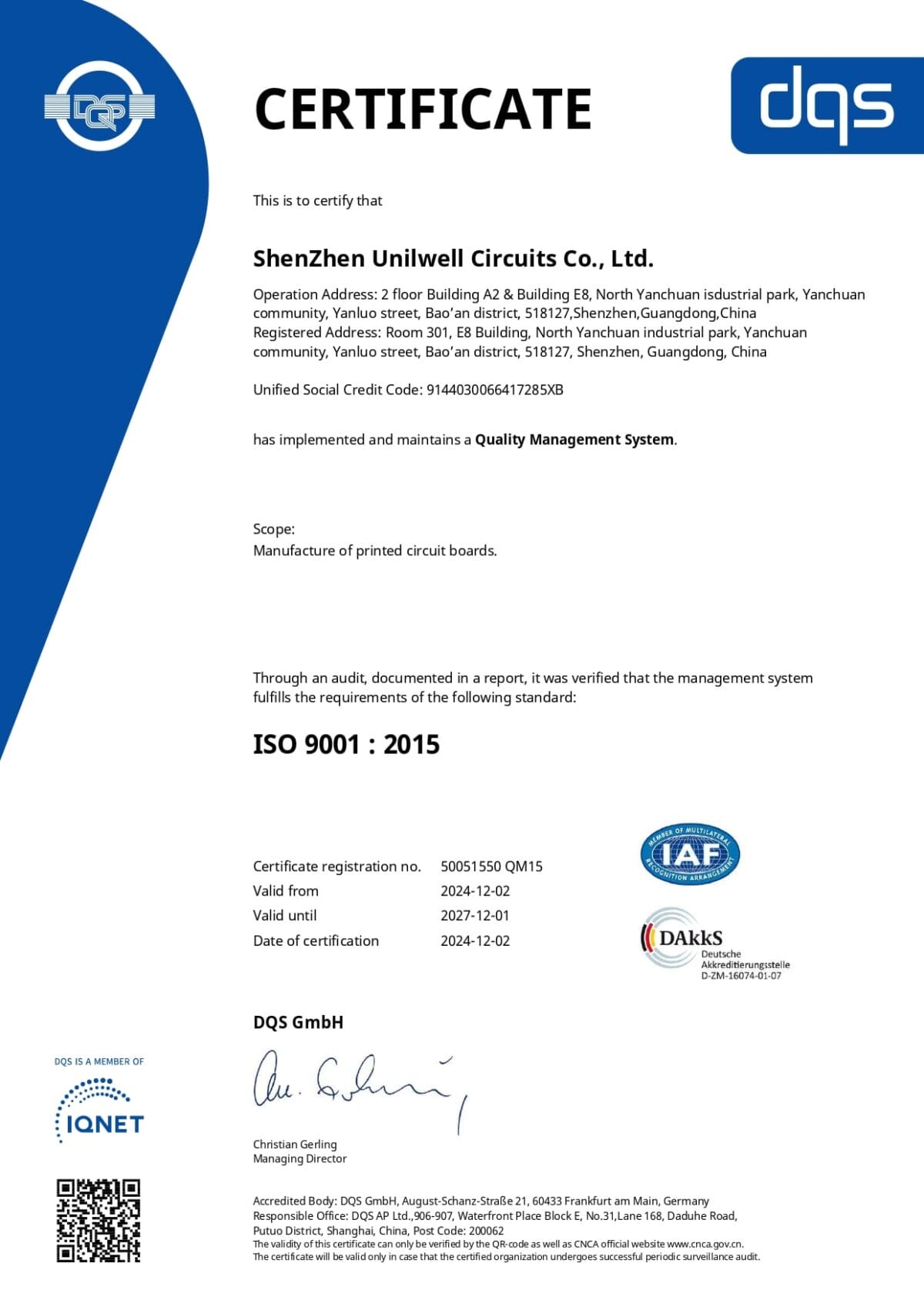



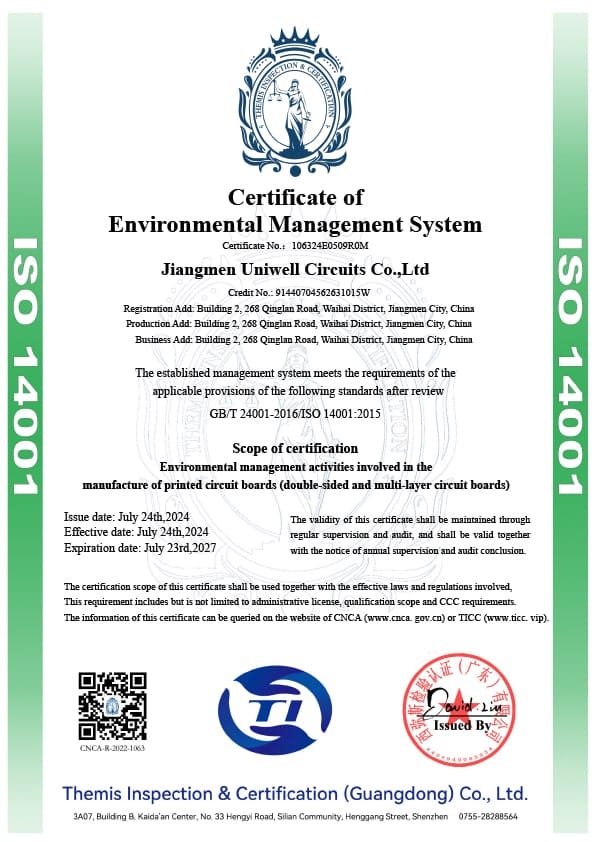
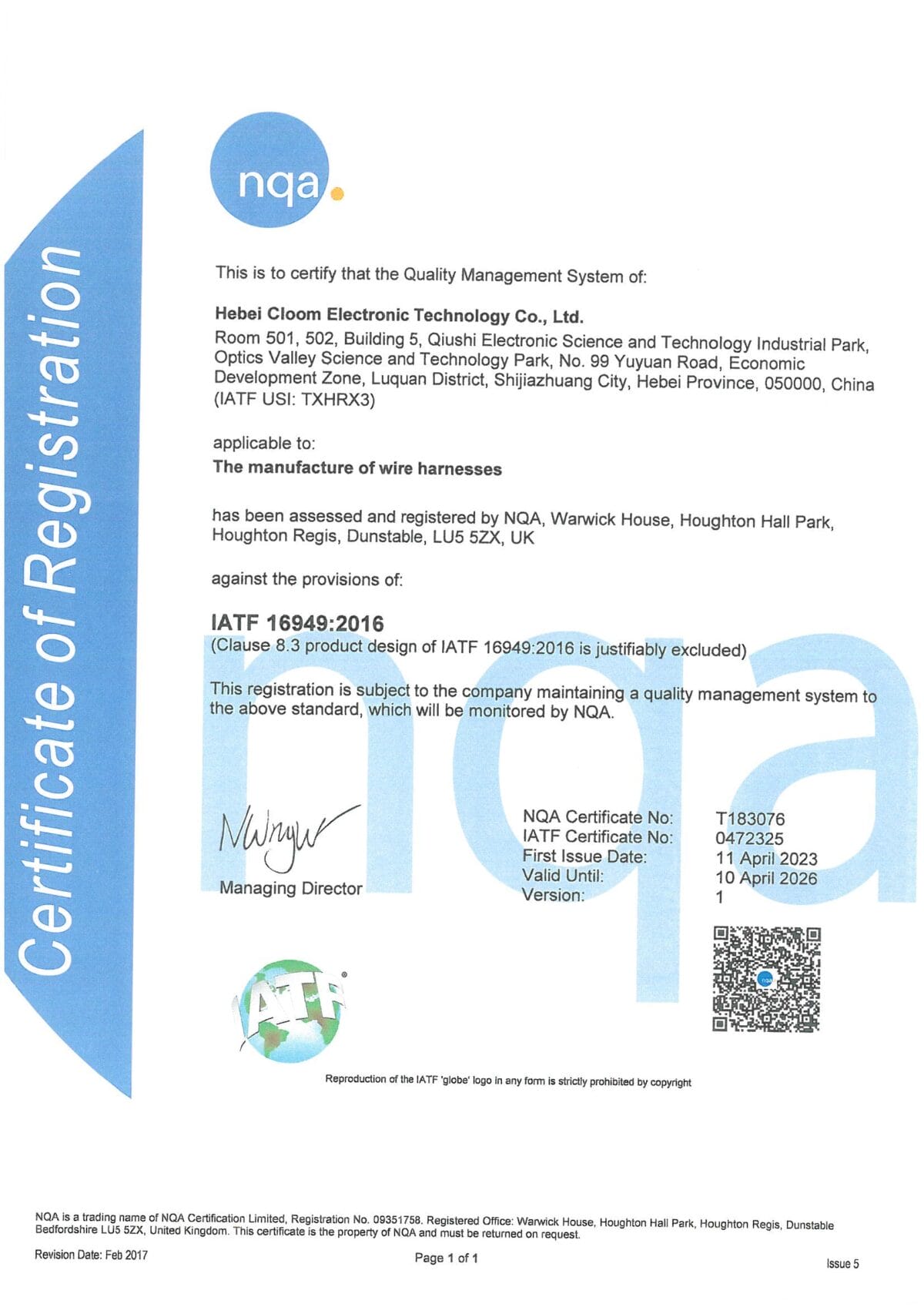

Hommer Zhao
Founder and Chief Editor – Hommer Zhao
Welcome! I’m Hommer Zhao, the founder and Chief Editor of WellPCB. With years of experience in the PCB industry, I’m committed to making sure our content is both accurate and helpful. We’re proud to serve a growing community of over 4,000 customers worldwide, and our goal is to provide you with the best resources and support. Your satisfaction is our top priority, and we’re here to help you every step of the way!

Jesse Holland
Technical Manager – Jesse Holland
Hi, I’m Jesse Holland, an Engineer and Technical Manager at WellPCB. With years of experience in PCB design and engineering, I’m here to ensure that every project we work on meets the highest technical standards. I lead our team, focusing on precision and innovation, collaborating closely with clients to provide tailored solutions and expert guidance. Whether you’re facing a complex design challenge or need advice on technical aspects, I’m here to ensure your project is a success from start to finish.

Nathan Jensen
Purchasing Manager – Nathan Jensen
Hi, I’m Nathan Jenson, the Purchasing Manager at WellPCB. I’m responsible for sourcing the best materials and components to ensure our products meet the highest quality standards. With my extensive experience in procurement, I work closely with suppliers to secure reliable and cost-effective solutions while maintaining strong relationships to support our operations. I aim to ensure every project runs smoothly by providing the resources needed to deliver on time and to your satisfaction.

Emma
Sales Manager – Emma
Hey, I am Emma, sales manager at WellPCB. I studied electronic science and technology at university and have served customers for PCB and PCB Assembly service for several years.
I enjoy communicating with customers and our technicians to solve problems, and customers always say, "It's great to have you onboard".
It is my pleasure and honour to be helpful. Contact me now, and you'll know.

Bella and Cassiel
Sales Representatives – Bella and Cassiel
We’re Bella and Cassiel, your dedicated sales representatives at WellPCB. With our extensive knowledge of the PCB industry, we’re here to provide exceptional service and support. We take the time to understand your unique needs and are always ready to offer tailored solutions and advice. Whether you need product recommendations, assistance with your orders, or simply have a question, we’re here to ensure your experience is smooth and seamless at every step.

Mandy and Wendy
Sales Representatives – Mandy and Wendy
We’re Mandy and Wendy, your friendly sales representatives at WellPCB. Passionate about helping our customers, we bring a wealth of experience in the PCB industry to provide you with the best solutions and service. We take pride in building strong relationships with our clients, understanding their specific needs, and offering personalised support to ensure their satisfaction. Whether you’re looking for advice, product information, or assistance with any part of your order, we’re here to make your experience as smooth and efficient as possible.
Our Team
Our skilled engineers and technicians bring expertise and precision to every PCB assembly project. Committed to quality, efficiency, and innovation, our team ensures every order meets the highest UL, IPC, ROHS & REACH standards, delivering reliable solutions tailored to your needs.
- Founder and Chief Editor – Hommer Zhao
- Technical Manager – Jesse Holland
- Purchasing Manager – Nathan Jensen
- Sales Manager – Emma
- Sales Representatives – Bella and Cassiel
- Sales Representatives – Mandy and Wendy
HDI PCB Manufacturer Case Studies
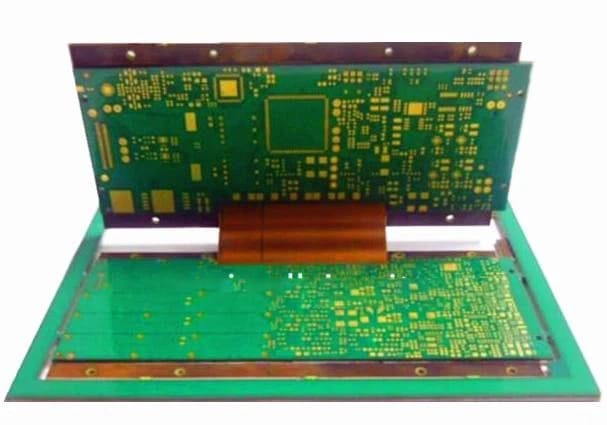
Case Study
This project showcases an 18-layer HDI rigid-flex PCB, integrating 8 flexible layers within a high-density interconnect (HDI) architecture. Designed for advanced electronic systems, it enables compact, high-reliability 3D interconnects suitable for aerospace, military, medical, and telecom infrastructure applications.
Product Specifications:
- Structure Type: HDI rigid-flex PCB
- Layer Count: 18 layers (including 8 flex layers)
- Board Thickness: 3.3 mm
- Minimum Hole Size: 0.2 mm
- Finished Board Size: 190 mm × 177 mm
- Core Feature: HDI + copper-based multilayer stack-up

Case Study
This project focuses on an HDI (High-Density Interconnect) flex circuit board, designed with a complex multi-layer polyimide + adhesive + low-loss covering film structure. Optimized for precision electronics, it supports free bending and winding, while offering excellent signal integrity and mechanical durability in dynamic environments.
Product Specifications:
- Structure: Double-sided adhesive + yellow coverlay + HDI stacked PI + copper
- Flexibility: Supports free bending and winding
- Dimensional Accuracy: ±0.03 mm
- Overall Thickness: 0.15 mm
- Reinforcement: 0.15 mm steel sheets (front and back)
- Surface Finish: ENIG (1–2 μin)
- Minimum Line Width/Spacing: 0.06 mm / 0.09 mm
- Special Process: HDI stack-up with solder coating, plug plating, film cover, and EMI shielding torsion process

Case Study
This 16-layer HDI (High-Density Interconnect) PCB is designed for complex electronic systems requiring high-speed signal transmission, dense interconnect routing, and multi-level via structures. It supports ultra-fine trace geometry and advanced stacked via architecture, ideal for applications like network equipment, AI computing boards, and advanced medical or aerospace electronics.
Product Specifications:
- Board Type: 16-layer HDI PCB
- Board Thickness: 1.8 mm
- Inner Layer Spacing: 0.127 mm (127 µm)
- Via Structure: L1–2, L2–3, L1–3, L2–7, L2–15, L15–16
- Line Width / Line Space: 0.076 / 0.076 mm (≈3 mil / 3 mil)
- Material: High-speed/low-loss laminate (e.g., Megtron 6, Isola I-Speed, etc.)
- Copper Thickness: Typically ½ oz inner, 1 oz outer (customizable)
- Surface Finish: ENIG / OSP / Immersion Silver (varies by application)
- Impedance Control: Yes (±10% tolerance for differential pairs)
- Application: AI, servers, data centers, telecom, aerospace
HDI PCB Client Feedback
As an R&D manager, I have had an outstanding experience working with WELL-PCB. For many years, our company has entrusted them with the production, assembly, and programming of the boards developed in our R&D unit, and they have consistently exceeded our expectations.
Hamid Reza Moshayedi
R&D Manager
Their work is very impressively perfect. Today, when they check our company PCB board after assemble. They found a fake short point which many engineers has never found in the past years. But that is just designed so. The PCB board quality is excellent. Their service is also excellent.
MikeZ
My friend introduced WellPCB to me, the first try, a little look forward to. I ordered a 47*72 10ps PCB, and I can’t wait to receive my PCB. So I used expedited service and received my PCB in three days. I tested and soldered the PCB, Quality is really good, silkscreen, plating also great.
Warren Cliton
HDI PCB Manufacturer FAQs
What are the benefits of HDI PCBs?
HDI PCBs use laser-drilled microvias and fine-line routing to reduce signal delay, reflection, and crosstalk in high-speed interfaces like DDR and PCIe. Optimized layouts lower layer count by enabling direct interconnects between dense BGA pads and internal traces, reducing stub length and board thickness.
Resin-filled via-in-pad structures maintain pad flatness and solder joint reliability, while high-Tg materials and precise PCB design techniques support stable impedance and EMI control in telecom, medical, and automotive systems.
Is it possible to get stack-up drawings from you?
Yes, we provide standard stack-up diagrams or custom layer configurations based on your specific HDI PCB layout and impedance needs. Our engineering team will model copper distribution, dielectric spacing, and via structure placement before fabrication.
Do you offer any discounts?
We offer scaled pricing for HDI PCB manufacturing, including discounts for repeat orders, high-volume runs, and 4+ layer boards. Contact our team to get a quote tailored to your build and material selection.
Do you work with Gerber files only?
We primarily use Gerber RS-274X, but we also support ODB++, IPC-2581, and other standard design data formats. IPC-2581 improves CAD-to-CAM translation, reducing manufacturing errors and speeding up pre-production review.
What design considerations are important for HDI PCBs?
Important considerations include via structure selection (staggered vs. stacked), PCB stackup balance, controlled impedance modeling, and copper-to-dielectric ratio. Designers must consider prepreg flow, resin fill compatibility, trace spacing for EMI control, and laminate Tg to meet thermal limits.
WellPCB: Your Reliable HDI PCB Manufacturer
Get $100 Off Your First Order!
Get expert help from an HDI PCB manufacturer with the capabilities, speed, and engineering support to deliver complex, production-ready designs.
